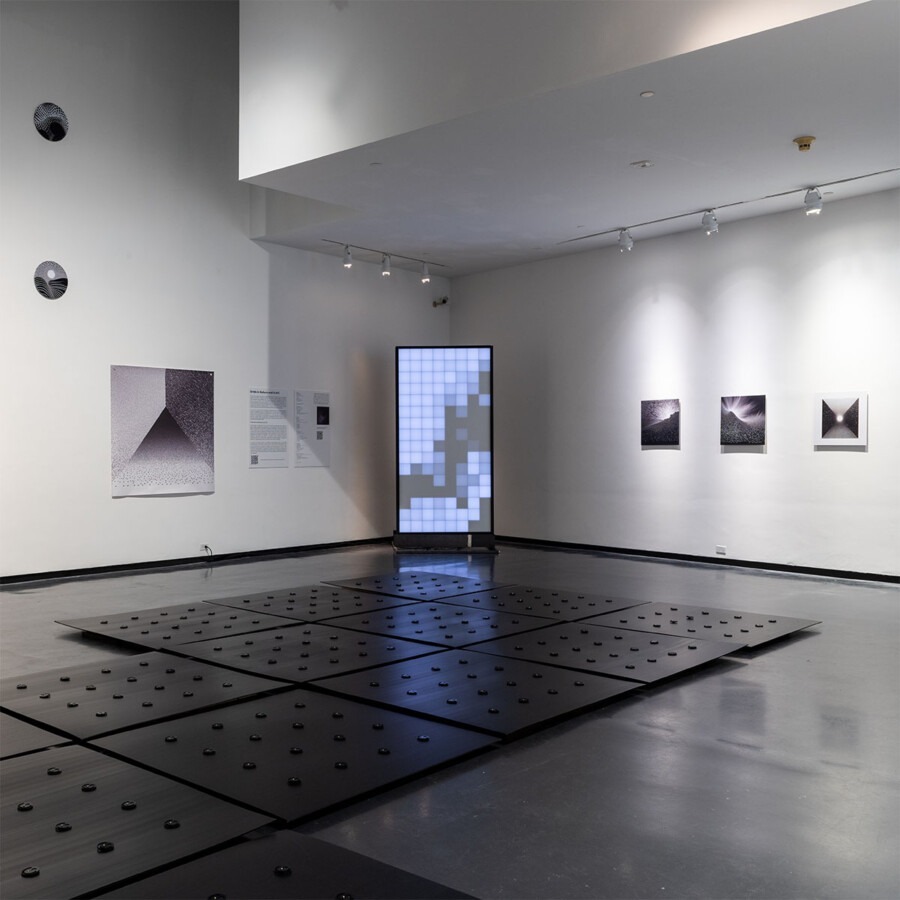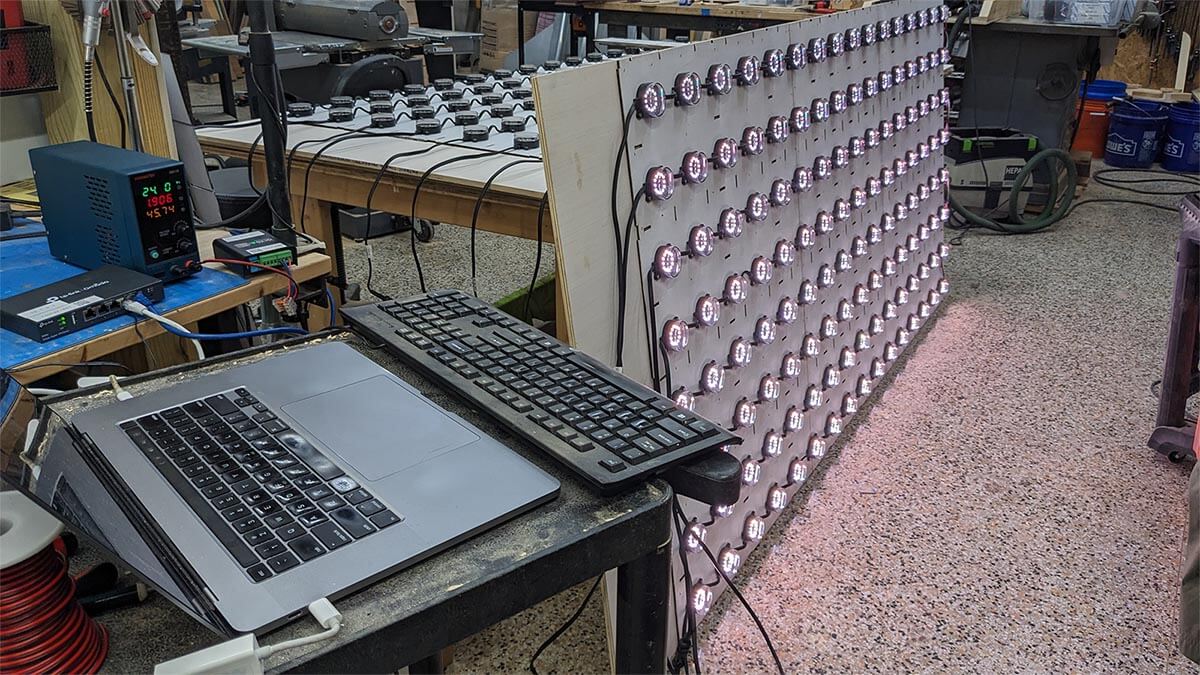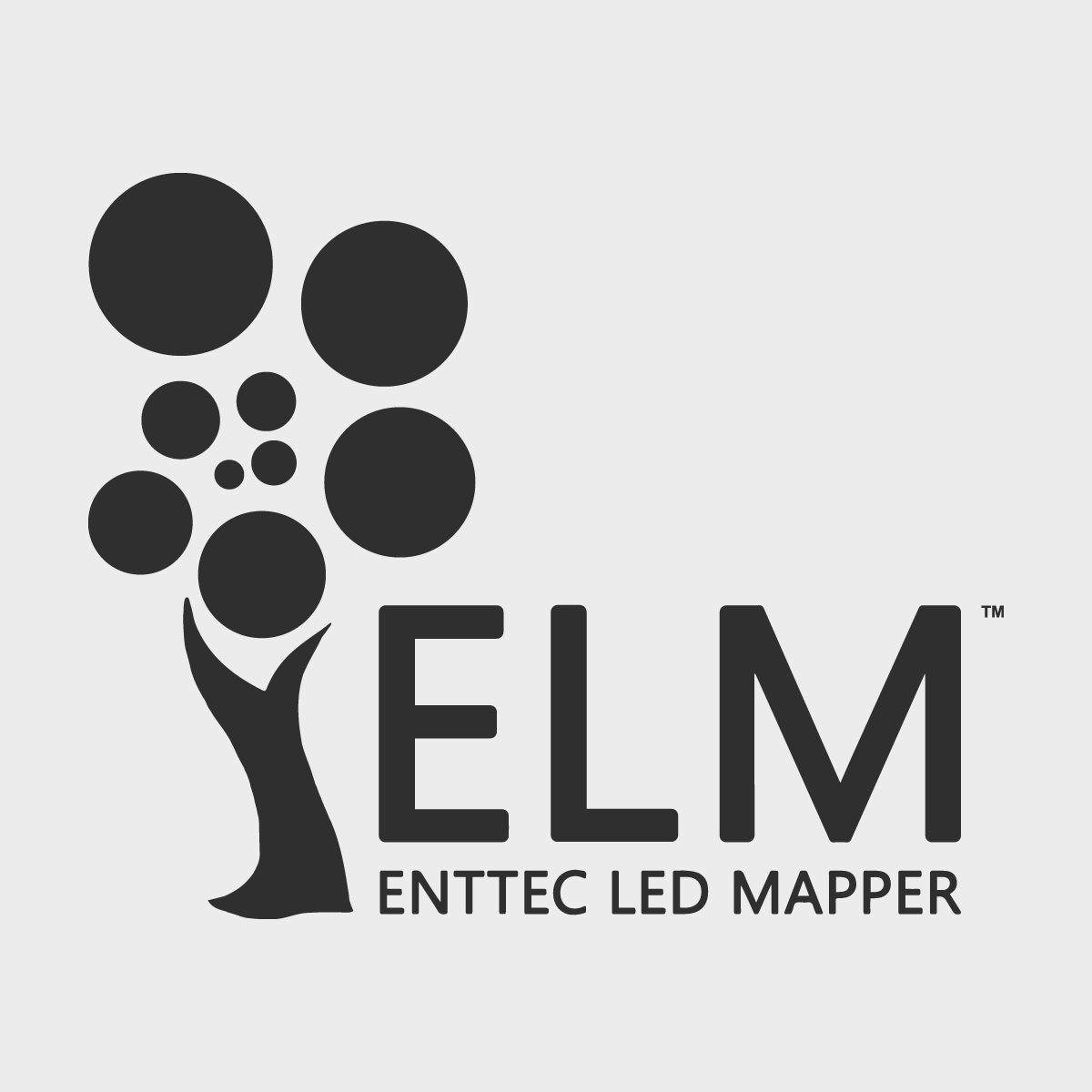Transforming spaces with light and technology with Mikhail Mansion
Nature Pix by Mikhail Mansion is an intersection between art and light by integrating ENTTEC LED lighting to create interactive art pieces. The exhibition captures the essence of nature through algorithmic drawings and digital sculptures, using real-time sensor data to provide an immersive sensory experience.
| Client | Mikhail Mansion |
| Type | Arts and Culture |
| Location | St. Petersburg, Florida. |
| PRODUCTS | ELM (ENTTEC LED MAPPER), Smart PXL 60 Dot, OCTO |
| Year | 2024 |
| project credits | Visit Floridarama at 2606 Fairfield Ave. South, Saint Petersburg, Florida 33712, USA Visit Mikhail Mansion online at mikhailmansion.art |
Mikhail Mansion is an accomplished media artist, design engineer and co-founder of Floridarama (formerly Fairgrounds St. Pete), an incredible museum of immersive art & technology in St. Petersburg, Florida. We spoke with Mikhail recently about his 2024 exhibition “Nature Pix” (February 22 – April 21) in which he used ENTTEC LED lighting fixtures and controls to craft an installation of interactive experiences that illuminated the nuances of nature, human perception, and technology.
Read our Interview for Nature Pix by Mikhail Mansion is here.

Solution
Controls.
Powered by ENTTEC OCTOs
Lights.
Lit up by Smart PXL 60 LED Dots












